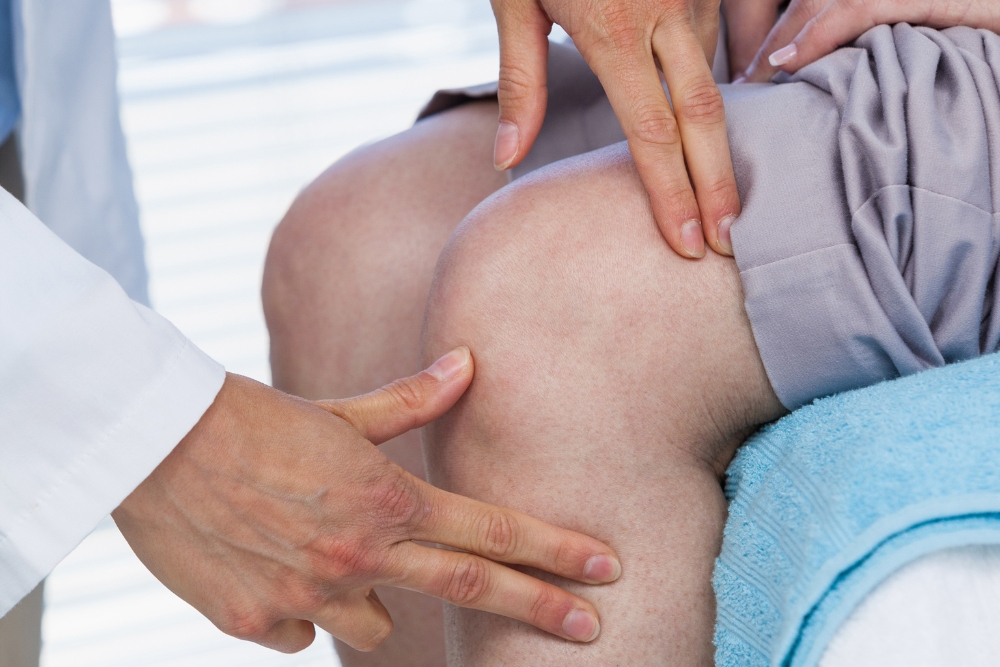Lymphedema Treatment: Options for Arm and Leg Swelling
Lymphedema is a chronic condition in which lymphatic fluid accumulates in tissues, causing persistent swelling and a feeling of heaviness in an arm or leg. Treatment focuses on reducing swelling, preventing complications such as skin infections, and improving limb function and comfort. A combination of therapies is often used and tailored to the person’s condition and medical history.

This article is for informational purposes only and should not be considered medical advice. Please consult a qualified healthcare professional for personalized guidance and treatment.
What is lymphedema and how is it identified?
Lymphedema occurs when the lymphatic system cannot adequately drain fluid from tissues. Clinically it is identified by ongoing swelling that may be soft initially and later firmer if fat and fibrosis develop. Health professionals assess limb circumference, volume, and symptom history, and may use imaging tests such as lymphoscintigraphy or ultrasound when needed to clarify underlying causes. Early recognition helps preserve function and reduce complications.
Why does swelling happen in limbs?
Swelling in lymphedema results from impaired lymphatic transport, which allows protein-rich fluid to collect in the interstitial spaces. Causes include congenital abnormalities (primary lymphedema) or damage to lymph vessels and nodes from surgeries, radiation, infection, trauma, or chronic venous disease (secondary lymphedema). Recurrent swelling can lead to skin changes and increased infection risk, so medical assessment is important when swelling is persistent or progressive.
Treatment options for arm lymphedema
Management for arm swelling typically begins with conservative, non-surgical measures. Complete decongestive therapy (CDT) is a cornerstone and combines manual lymphatic drainage (specialized massage), multi-layer compression bandaging or garments, targeted exercise, and meticulous skin care. Custom compression sleeves and nighttime bandaging help maintain reductions in volume. For some people, pneumatic compression pumps are used to assist fluid movement. Surgical options, considered when conservative care is insufficient, include lymphatic bypass procedures and tissue-reducing techniques; referral to a specialist is needed to evaluate suitability.
Treatment options for leg lymphedema
Leg lymphedema requires a similar multimodal approach adjusted for the limb size and mobility needs. Complete decongestive therapy, compression stockings or wraps designed for legs, and exercise programs that promote calf muscle pump action are commonly used. Attention to footwear and skin care is important to prevent breakdown and infection. Compression devices and specialized physiotherapists or certified lymphedema therapists can provide tailored plans. In advanced cases with significant tissue changes, surgical interventions may be considered after careful evaluation by a multidisciplinary team.
Medical and self-care approaches to control swelling
Medical management includes addressing contributing factors—treating venous insufficiency, controlling obesity, and managing infections promptly with appropriate antibiotics when cellulitis occurs. Medications have a limited role in reducing lymphatic fluid itself but can treat secondary issues. Self-care practices are essential: regular use of prescribed compression, daily skin inspection and moisturizing to prevent cracks, gentle range-of-motion and strengthening exercises, weight management, and avoiding limb injury or tight clothing that impedes lymph flow. Working with trained lymphedema therapists and local services can improve long-term outcomes and daily functioning.
Conclusion
Lymphedema treatment is individualized and often requires a combination of manual therapies, compression, exercise, skin care, and sometimes surgical evaluation. Early diagnosis and consistent management can reduce swelling, lower the risk of complications, and help maintain limb use. Ongoing follow-up with medical and allied health professionals helps adjust care as needs change over time.






